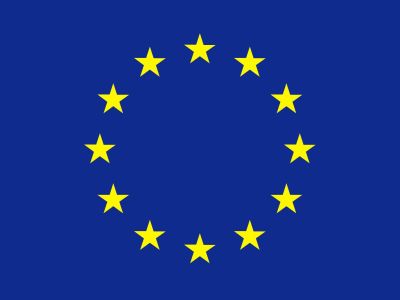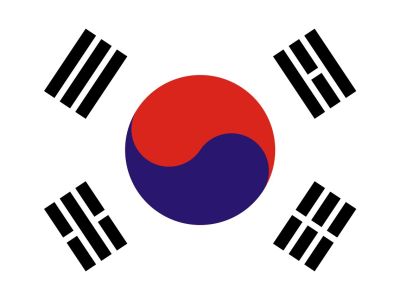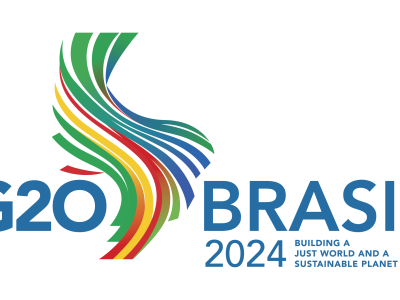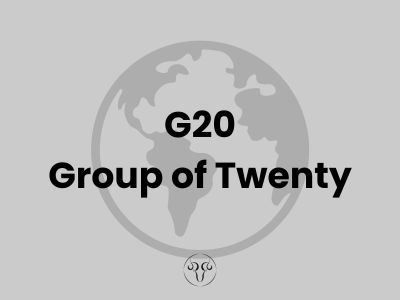Most Unstable Countries In The World
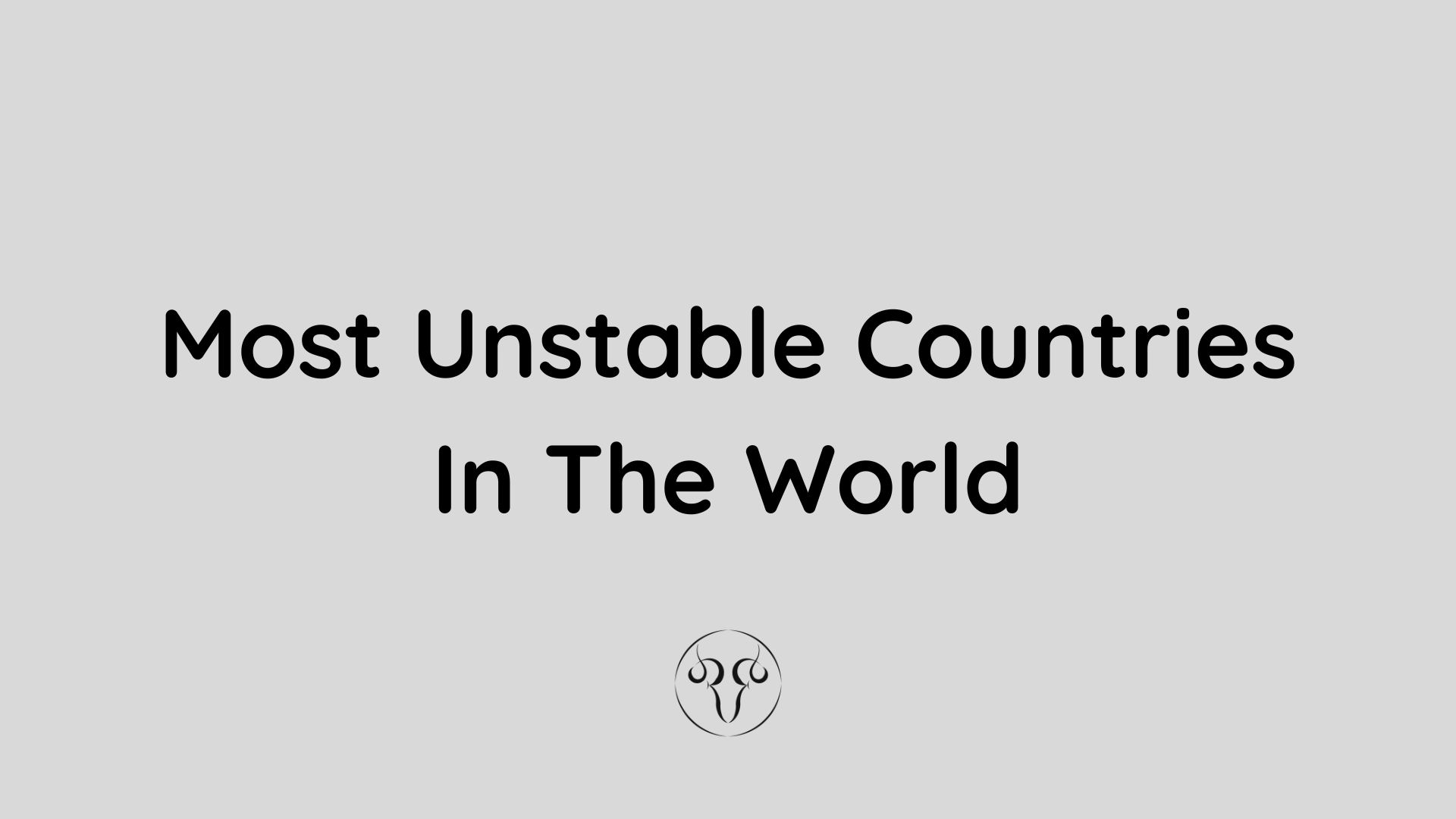
Stability is a key factor in ensuring the prosperity and security of any nation. However, for some countries, instability has become a persistent challenge, making it difficult for them to achieve their full potential. The causes of instability can be numerous and complex, ranging from political conflicts to economic hardships and natural disasters. Here, we'll take a look at the ten most unstable countries in the world, according to various sources.
- Yemen - Yemen has been embroiled in a civil war since 2014, which has caused significant humanitarian suffering and displaced millions of people. The conflict has been fuelled by the involvement of regional powers and the presence of extremist groups, making it difficult to find a peaceful resolution.
- Somalia - Somalia has been struggling with instability for decades, with ongoing conflict, piracy, and terrorism being the most significant challenges. The country also faces droughts and other environmental issues that exacerbate the already dire humanitarian situation.
- Syria - The civil war in Syria has been ongoing since 2011 and has caused the deaths of hundreds of thousands of people and the displacement of millions more. The conflict has been complicated by the involvement of various external powers and extremist groups, making it one of the most complex and devastating crises of our time.
- South Sudan - South Sudan gained independence from Sudan in 2011 but has since been plagued by political instability, inter-ethnic conflicts, and economic hardships. The country is also facing a severe humanitarian crisis, with millions of people in need of assistance.
- Afghanistan - Afghanistan has been dealing with conflict and instability for decades, with ongoing Taliban insurgency and the presence of foreign troops being the most significant challenges. The country is also facing economic hardships and environmental issues such as droughts.
- Democratic Republic of Congo - The Democratic Republic of Congo has been facing political instability and conflict for decades, with ongoing violence and displacement being the most significant challenges. The country is also facing economic difficulties and environmental issues such as deforestation and climate change.
- Central African Republic - The Central African Republic has been struggling with instability and conflict for years, with ongoing violence and displacement being the most significant challenges. The country is also facing economic difficulties and environmental issues such as deforestation and wildlife poaching.
- Sudan - Sudan has been facing political instability and conflict for years, with ongoing violence and displacement being the most significant challenges. The country is also facing economic difficulties and environmental issues such as droughts and desertification.
- Iraq - Iraq has been dealing with instability and conflict since the 2003 US-led invasion, with ongoing violence and the presence of extremist groups being the most significant challenges. The country is also facing economic difficulties and environmental issues such as water scarcity.
- Libya - Libya has been facing political instability and conflict since the overthrow of Muammar Gaddafi in 2011, with ongoing violence and the presence of extremist groups being the most significant challenges. The country is also facing economic difficulties and environmental issues such as desertification and water scarcity.
- Mali - facing political instability and extremist violence, with ongoing inter-ethnic conflicts and economic challenges.
- Ukraine - dealing with ongoing conflict with Russian-backed separatists in the eastern region, with political instability and economic challenges.
- Nigeria - facing ongoing violence and insecurity, with conflicts between ethnic and religious groups, and economic challenges.
- Venezuela - facing political and economic instability, with hyperinflation, shortages of basic goods, and ongoing social unrest.
- Haiti - facing political instability, economic challenges, and natural disasters such as earthquakes and hurricanes.
- Myanmar - facing ongoing conflict and human rights abuses, with military coups and repression of minority groups.
- Pakistan - facing ongoing conflict with extremist groups, political instability, and economic challenges.
- Zimbabwe - facing economic challenges, political repression, and social unrest, with widespread poverty and food insecurity.
- Chad - facing political instability and insecurity, with ongoing violence and humanitarian crises.
- Ethiopia - facing political instability, ethnic conflict, and humanitarian crises such as drought and displacement.
To note, factors that contribute to a country's instability can be numerous and complex, and they can vary depending on the country and the context. However, some common factors that have been identified by various sources include political instability, social unrest, economic turmoil, natural disasters, and external threats such as conflicts with neighboring countries or involvement in regional or global conflicts.
Different metrics and indices can be used to measure the level of instability of a country. The Fragile States Index (FSI), produced by The Fund for Peace, is one of the most widely used indices for measuring instability. The FSI uses 12 indicators, including security, human rights, demographic pressures, and economic decline, to assess the vulnerability of countries to instability and conflict.
Another commonly used index is the Global Peace Index (GPI), produced by the Institute for Economics and Peace. The GPI ranks countries based on various indicators of peace and security, including the level of violence, the perception of criminality, and the presence of military conflicts.
The date of data for these indices can vary depending on the specific index and source. For example, the 2021 Fragile States Index uses data from 2020, while the 2021 Global Peace Index uses data from 2020-2021. It's important to note that the situation in countries can change rapidly and these indices provide a snapshot of a country's level of instability at a particular point in time.





